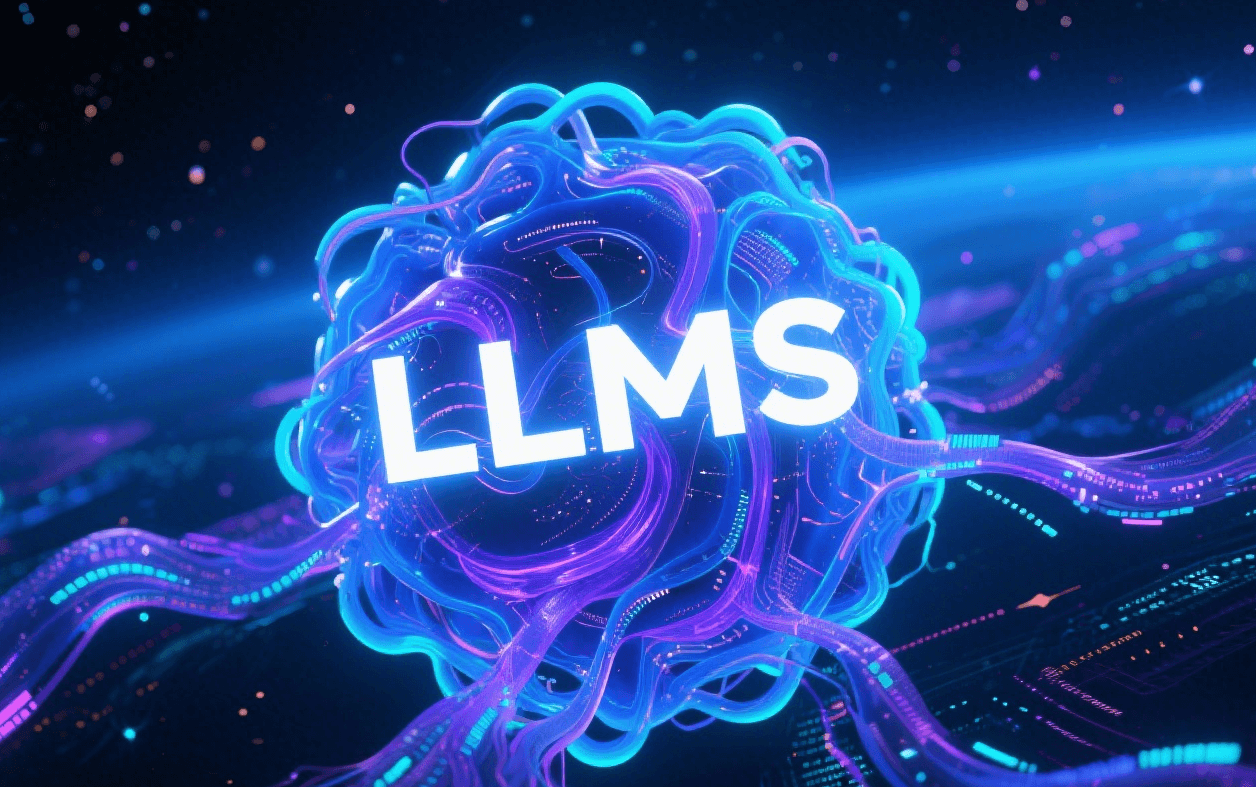Large language models(LLMs) like GPT-4, Llama 3, and Mistral are trained on massive amounts of unlabeled text data—books, websites, and documents—enabling them to learn grammar, facts, and reasoning patterns. However, these models are “generalists”: they excel at broad language tasks but struggle with specificity. For example, a pre-trained LLM might generate coherent text about medicine but fail to accurately interpret a patient’s symptoms or follow strict medical terminology guidelines.
Supervised Fine-Tuning (SFT) solves this by tailoring the model to specific tasks using labeled data. It’s the process of taking a pre-trained LLM and retraining it on a smaller, high-quality dataset where each input (e.g., a question or instruction) is paired with a desired output (e.g., a precise answer). This “fine-tuning” hones the model’s abilities, making it responsive, accurate, and reliable for targeted use cases.And when it comes to efficiently powering this fine-tuning process, tools like WhaleFlux play a crucial role.
What is Supervised Fine-Tuning?
Supervised Fine-Tuning (SFT) is a machine learning technique where a pre-trained model—typically a large language model—is further trained on a labeled dataset consisting of input-output pairs. The goal is to align the model’s outputs with specific task requirements, user intentions, or domain standards.
In the context of LLMs, SFT transforms a “generalist” model into a “specialist” by:
- Teaching it to follow explicit instructions (e.g., “Summarize this legal document in 3 bullet points”).
- Refining its output to match domain-specific formats (e.g., medical coding, technical documentation).
- Reducing errors or biases in high-stakes scenarios (e.g., financial advice, healthcare recommendations).
By leveraging WhaleFlux’s optimized GPU resource management during the SFT process, AI enterprises can not only reduce cloud computing costs but also enhance the deployment speed and stability of their fine-tuned large language models, ensuring that the transformation from generalist to specialist is both efficient and effective.
The Process of Supervised Fine-Tuning
- Pre-training
First, the Large Language Model (LLM) undergoes initial training on a vast collection of unlabeled text. This phase uses techniques like masked language modeling—for example, predicting missing words in sentences—to help the model build a comprehensive grasp of language. Over time, it learns syntax, semantics, and how context shapes meaning.
- Task-Specific Dataset Preparation
Next, a smaller, targeted dataset is created to align with the model’s intended task. This dataset is structured as input-output pairs: each input (such as a question in a QA task) is paired with a corresponding label or response (like the correct answer to that question).
- Fine-Tuning
The pre-trained model then undergoes further training using this task-specific dataset, guided by supervised learning. During this stage, the model’s parameters are adjusted to reduce the gap between its predictions and the actual labels. Optimization techniques like gradient descent are typically used to refine these parameters effectively.
- Evaluation
After fine-tuning, the model is tested on a validation set to measure its performance on the target task. If the results fall short, adjustments are made—such as tuning hyperparameters or running additional training cycles—to improve its accuracy.
- Deployment
Once the model meets the required performance standards, it is ready for real-world use. Common applications include customer support chatbots, content generation tools, and even medical diagnosis assistance systems.
Importance in the Context of LLMs
SFT is the backbone of turning LLMs into practical tools. Here’s why it matters:
- Enhances Instruction Following
Pre-trained LLMs may misinterpret vague prompts, but SFT trains them to prioritize user intent. For example, a fine-tuned model will reliably distinguish between “Explain quantum physics to a child” and “Write a research paper on quantum physics.”
- Boosts Domain Expertise
LLMs pre-trained on general data lack deep knowledge of niche fields (e.g., aerospace engineering, tax law). SFT with domain-specific data (e.g., aircraft maintenance manuals, IRS regulations) equips them to generate accurate, relevant outputs.
- Improves Output Consistency
Without SFT, LLMs might produce inconsistent formats (e.g., mixing bullet points with paragraphs). SFT enforces structure, critical for applications like report generation or code writing.
- Mitigates Risks
By training on curated data, SFT reduces harmful outputs, misinformation, or non-compliant responses—essential for industries like healthcare (HIPAA) or finance (GDPR).
Supervised vs. General Learning
| Aspect | Supervised Learning | General Learning |
| Data Type | Labeled (input-output pairs) | Unlabeled (no predefined outputs) |
| Techniques | Classification, translation, summarization | RLHF, domain adaptation, unsupervised tuning |
| Use in LLMs | SFT: Refine task performance | Pre-training: Learn language patterns (e.g., BERT, GPT) |
| Example | Training a model to answer legal questions | Clustering customer reviews into topics |
| Goal | Predict specific outputs; solve defined tasks | Find hidden patterns; explore data structure |
When to Use Each Approach
Choose Supervised Learning (SFT) When:
- You have a clear task (e.g., “Generate marketing copy”).
- Labeled data is available (or can be created).
- You need consistent, predictable outputs.
Choose General Learning When:
- You want to explore unstructured data (e.g., “What topics do customers complain about most?”).
- Labeled data is scarce or expensive.
- The goal is to build a foundational model (e.g., pre-training an LLM on books).
Practical Applications of Supervised Fine-Tuning
Case Studies
- Healthcare: Medical Diagnosis Support
A team fine-tuned a general LLM using 10,000 patient case studies (inputs: symptoms; outputs: possible diagnoses). The model’s accuracy in identifying rare conditions improved by 35% compared to the pre-trained version, aiding doctors in fast-paced ER settings.
- E-Commerce: Product Recommendation Chatbots
An online retailer fine-tuned an LLM on customer queries like “What laptop is best for gaming?” paired with expert recommendations. Post-SFT, chatbot-driven sales increased by 22% due to more relevant suggestions.
Common Use Cases Across Industries
- Legal: SFT models review contracts for errors or summarize court cases using legal terminology.
- Education: Fine-tuned LLMs act as tutors, answering student questions in subjects like math or biology.
- Code Generation: Models like CodeLlama are fine-tuned on specific programming languages (e.g., Python) to write bug-free code.
- Customer Support: SFT ensures chatbots resolve issues faster (e.g., “How to fix a leaky faucet?”) with step-by-step guides.
Future Trends in Supervised Fine-Tuning
- Hybrid Approaches: Combining SFT with Reinforcement Learning from Human Feedback (RLHF) to further align models with human preferences.
- Multimodal SFT: Extending SFT to models that process text, images, and audio (e.g., fine-tuning a model to describe medical scans in text).
- Efficient Fine-Tuning: Advancements in PEFT (e.g., newer LoRA variants) will make SFT accessible to smaller teams with limited resources.
- Ethical SFT: Tools to detect and reduce bias in fine-tuning data, ensuring models are fair and inclusive.
By mastering SFT, you can unlock your LLM’s full potential—turning a powerful but untargeted tool into a specialized asset that drives efficiency, accuracy, and innovation across industries.

